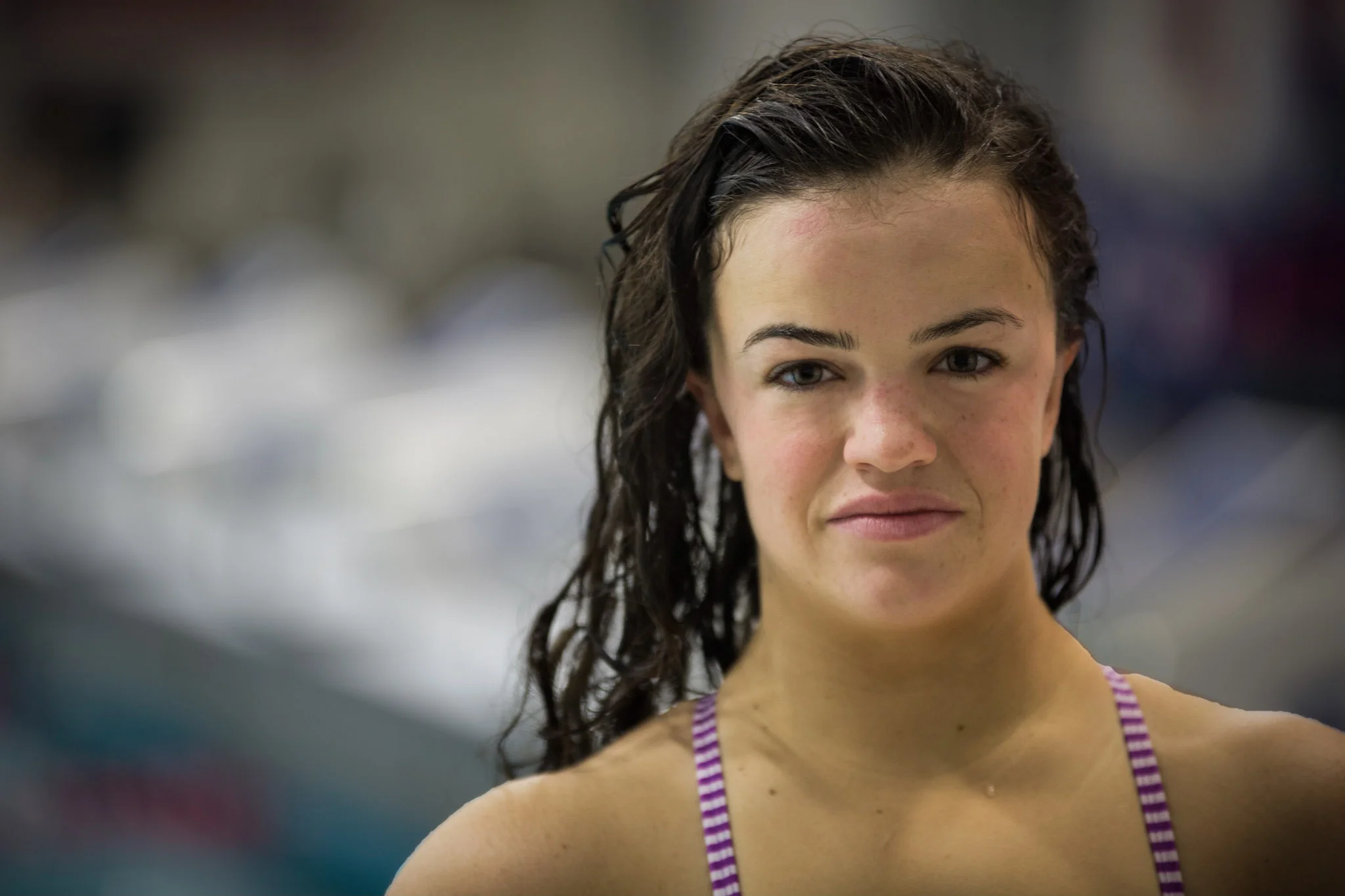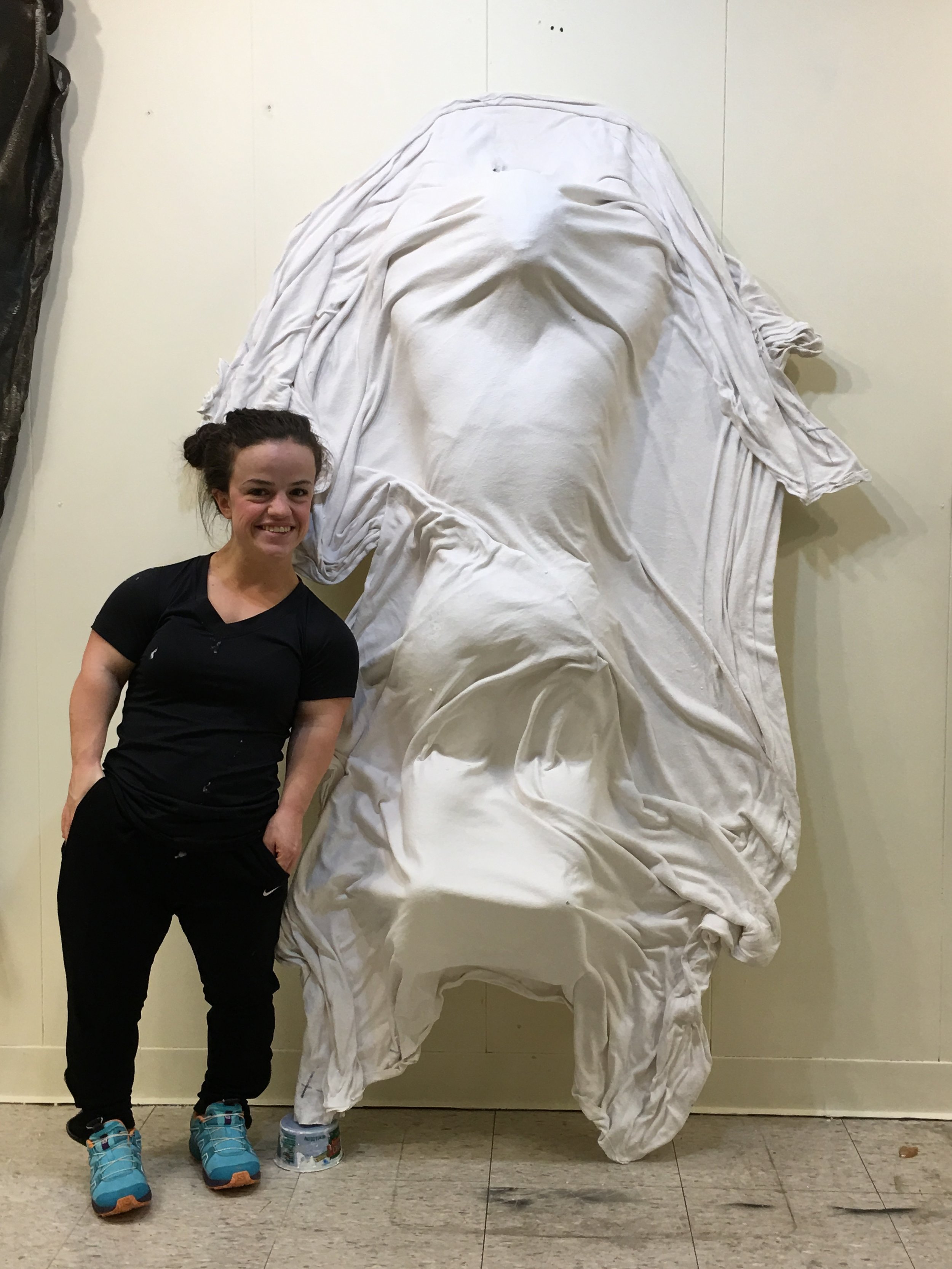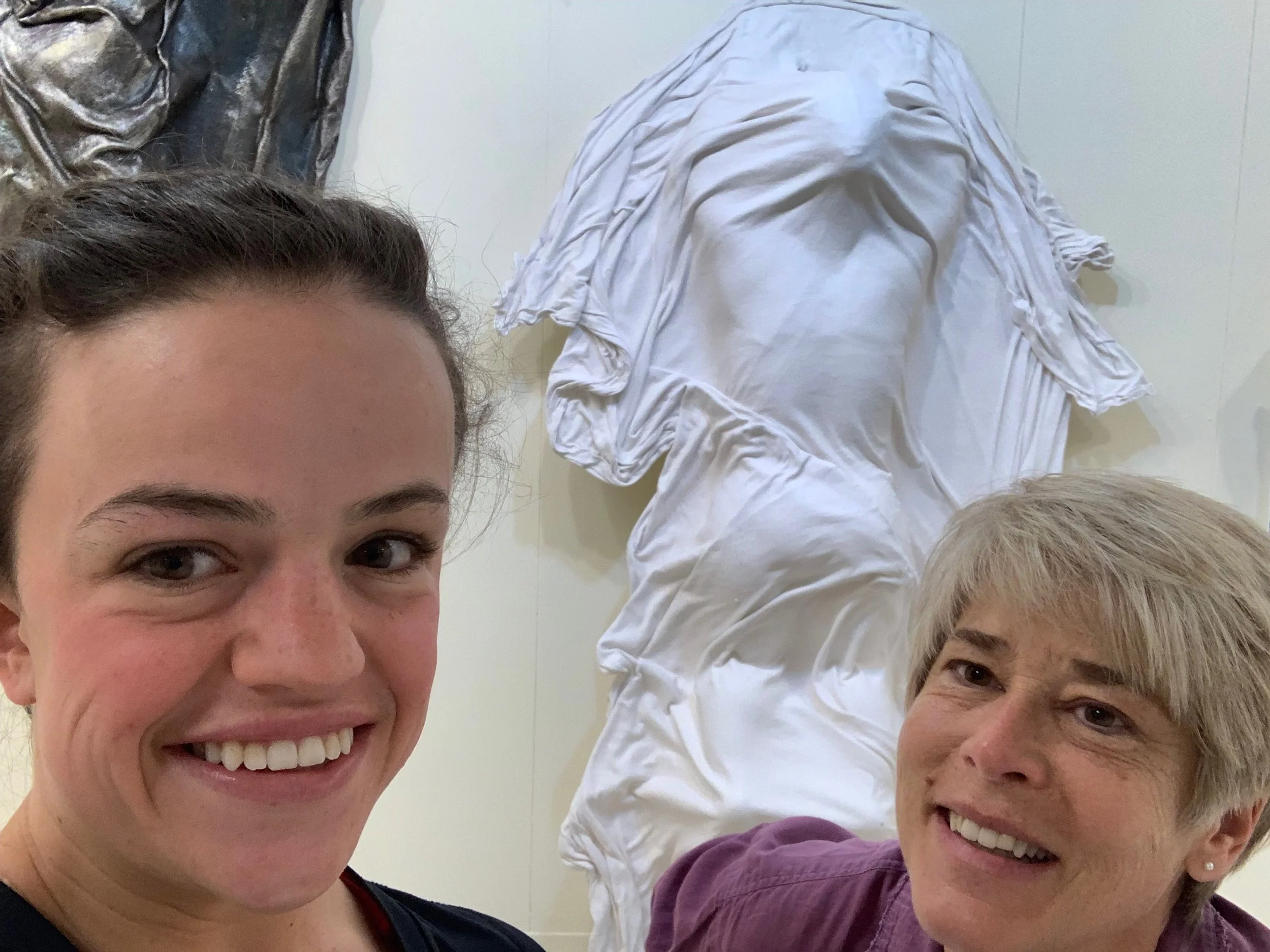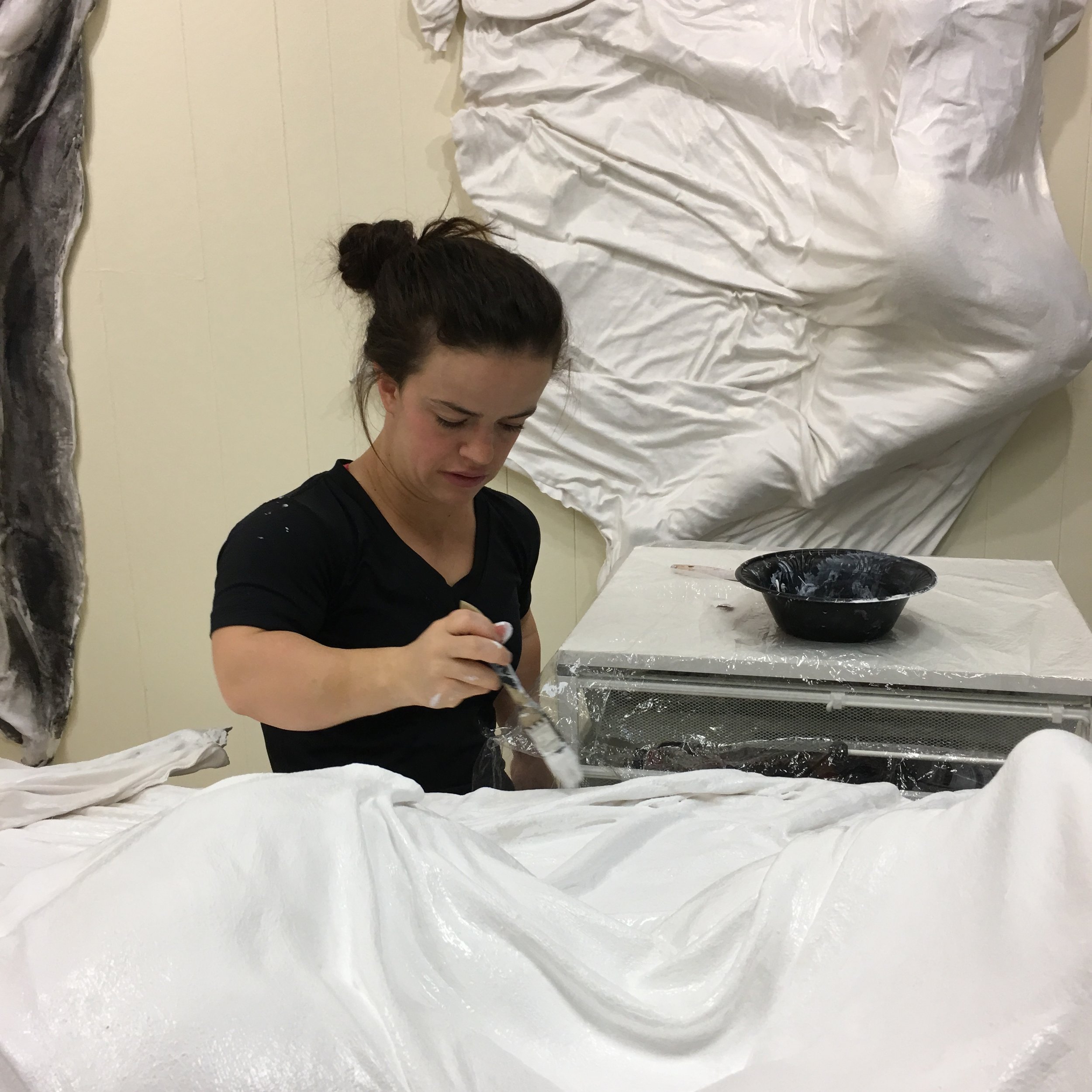Sculpting Paralympian Sophia Herzog
/With a Blues Brothers “Mission-from-God!” determination, I’ve been seeking opportunities to create beautiful art of people that also portray unique physiques and appearance. This comes from my passion to counter the overwhelming number of pervasive images depicting what “ideal” people should look like. These visual messages promote fear over love – fear of being imperfect, unlovable, and outside the norm. Instead, wouldn't life be more interesting if, for example, Victoria’s Secret’s annual TV special featured women of all sizes,shapes, and hair styles?
Simultaneously, people have been suggesting to me for months that they’d like to see my art cast from many types of athletes besides ballerinas. The photographer and owner of Robert Anderson Gallery suggested contacting the nearby US Olympic & Paralympic Committee (USOPC). Flashbulb! This potential opportunity would fulfill my desire to portray both athletic bodies and uncommon bodies – by making art of Paralympians.
The USOPC saw my art as a perfect match for their Colorado Springs Training Campus Visitor Center. Although the USOPC is inundated with proposals from artists and photographers, they responded quickly to my outreach. I was invited to discuss my project while enjoying a behind-the-scenes tour and lunch at the athletes’ cafeteria. The greatest gift of that visit was meeting Sophia Herzog.
I first noticed Sophia when I approached the Center’s reception counter, and again as she walked past me. Her body looked super-strong, beautifully curvaceous and intriguingly unusual. While introducing myself, I learned Sophia is an USOC Paralympic swimmer, silver medalist, and two-time World Champion in the breast stroke. (Since then, she has broken the World Record for the 200m race.) Sophia is also finishing her degree with a Broadcast-Business major while training for her final race in Tokyo 2020. Whew!
I learned later that we share many interests and similarities, including a love for making art. I have long-wanted to create figurative art that features water, so I invited Sophia to be my first USOC model to cast. Because of her love for making art, I also to assist me with other steps in creating the artwork. From working with Sophia, I sensed that she gives her all to any project she takes on. She immediately accepted my invitation to participate and came to my studio
Sophia is decidedly self-confident and proud of her unique figure. For example, when we picked up lunch at a nearby Chinese buffet, the restaurant was packed with young families. Sophia has a kind of dwarfism called achondroplasia, and I wondered how the kids would react to seeing Sophia’s 48” height and short arms and legs. I wondered how Sophia would feel and respond, even though she had probably encountered this situation on a daily basis as far back as she could remember. I was the one who was concerned and without such experience. Sophia went about the buffet just the same as I did. Many customers did a slight double-take, then looked away. Kids spun around and bumped their parents or another child with a quizzical look on their faces. Then all went back to selecting their food.
This situation illustrates the commitment Sophia and I share to exemplify inclusion of everyone into all aspects of society, with our unique abilities and endeavors. Because of Sophia, these families could have a conversation about looking different and being similar. (Little did they know of her athletic accomplishments!) The more we see and interact, the more familiar and we become.
I saw one of my favorite slogans on the t-shirt of a man seated in his wheelchair: “Don’t Dis My Abilities.” All I can see in Sophia and the persons I know facing disabilities is superior capabilities in most every aspect of life. How is it that Sophia could ever be considered “disabled?” She could swim circles around me, a former lifeguard.
Sophia faces challenges that other swimmers don’t face. She has to do maybe twice as many kicks and strokes to complete her races. She recently had two knee surgeries – the breast stroke whip-kick is especially hard on knee joints. At the same time, Sophia’s body is more suited than mine to some tasks. For example, she used both her hands and legs to grip and open a large gesso container in my studio while I could only wrestle the lid with my hands. But perhaps Sophia's greatest challenge was believing she could put herself out there on the world stage to compete and excel.
Sophia’s sculpture plus two more works were installed at the USOC Visitors Center in July 2019. We invite you to experience this emotionally compelling art and the athletes it represents. And if you’re lucky, you’ll get to take a fascinating tour of the entire Center with Sophia as your tour guide.
Follow the conversation #SculptingSophia #SculptingPara
Follow Sophia’s journey on Instagram @SophiaHerzog and visit her Team webpage
Follow the athletes and their mission on Instagram @USParalympics






